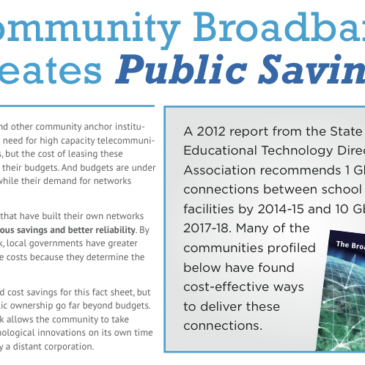 Property-assessed clean energy (PACE) financing launched three years ago with great promise. The premise was simple: pay for building energy efficiency and on-site renewable energy with long-term property tax assessments, aligning payback periods and financing terms. The residential program’s rapid expansion came to a screeching halt in mid-2010 when the Federal Housing Finance Agency told lenders that Fannie Mae and Freddie Mac would not buy mortgages with PACE assessments on them.
Property-assessed clean energy (PACE) financing launched three years ago with great promise. The premise was simple: pay for building energy efficiency and on-site renewable energy with long-term property tax assessments, aligning payback periods and financing terms. The residential program’s rapid expansion came to a screeching halt in mid-2010 when the Federal Housing Finance Agency told lenders that Fannie Mae and Freddie Mac would not buy mortgages with PACE assessments on them.
Commercial PACE was left alive, and programs for business and industry are finally getting scale.
In September, the Carbon War Room announced a business consortium would provide $650 million in financing for commercial energy efficiency and renewable energy improvements for two regions: Sacramento, CA, and Miami, FL. San Francisco announced a similar program in October, with $100 million in private funding. For comparison, the largest operational PACE program to date in Sonoma County, CA, has completed $50 million in retrofits.
An interesting difference in the new programs is that they inject private capital into PACE programs that were often envisioned as publicly financed (e.g. using municipal revenue bonds). It’s a welcome development, however, since public sector programs had grown slowly – if at all – since the FHFA decision to curtail residential financing.
The opportunity in commercial PACE alone is enormous. The Pacific Northwest National Laboratory estimates that building energy consumption could be cut by 15-20% in the United States with the right technologies and tools. Since buildings represent 40% of energy use, beefed up commercial PACE activity could be a big step in the right direction.
For more on the residential program and attempts to revive it, visit PACENOW.org.
… Read More








 Property-assessed clean energy
Property-assessed clean energy